For generations, the Reza name has defined an unmatched legacy in high jewellery. The family’s connection to precious stones began as early as the mid-18th century, when its members served as trusted jewellers to Persian royalty. The family later moved to Russia and eventually settled in France. In the mid-20th century, Alexandre Reza elevated the family’s name, establishing his eponymous maison on Paris’s prestigious Place Vendôme and making it synonymous with a striking mastery of gemstones and high jewellery.
Today, his son OLIVIER REZA, a former banker, is carrying that heritage forward with a modern sensibility. A lifelong collector of art, Olivier’s eye is trained as much by sculpture and form as by history and his own legacy. His experiences, including a tenure on Sotheby’s board, have shaped a broader understanding of craftsmanship, its value, and cultural dialogue.
Now based in New York, Olivier Reza steers the family legacy into its next chapter under a different brand name – World of Reza. In an interview with Shilpa Dhamija, he talks about finding a balance between the precision of timeless artistry and the discerning sensibility of a global clientele.
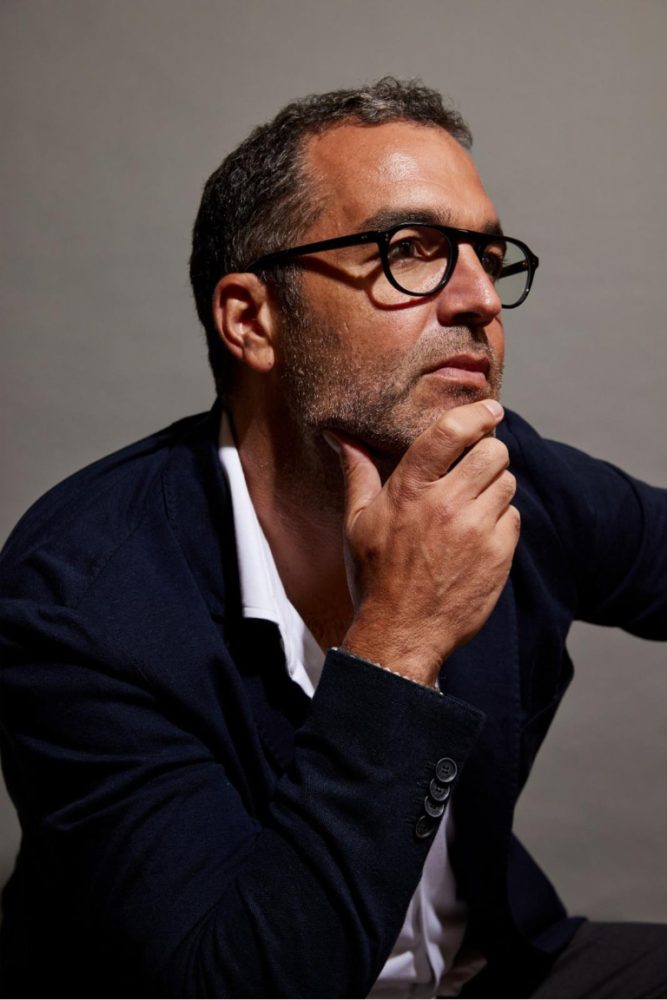
Your ancestry encompasses a rich tapestry of cultural influences, with roots from Persia to your upbringing in France. How do you preserve the authenticity of these influences while designing modern jewellery for a global audience?
My inspiration springs from timeless objects, pieces that remain incredibly desirable and can effortlessly integrate into my imagination of contemporary aesthetics. My Parisian upbringing, steeped in French culture and arts, deeply shapes my imagination. I also draw inspiration from countless other historical and cultural influences. I’ve built a mental catalogue of aesthetics, materials, and colours, much like a chef with a sensory memory of ingredients. My mind’s library constantly expands as I see, observe, absorb and contemplate diverse art forms from furniture to art, from jewellery to architecture. Ultimately, when I see a striking gemstone, the designs and shapes in my mind’s library intuitively guide me to the perfect jewellery design for it.
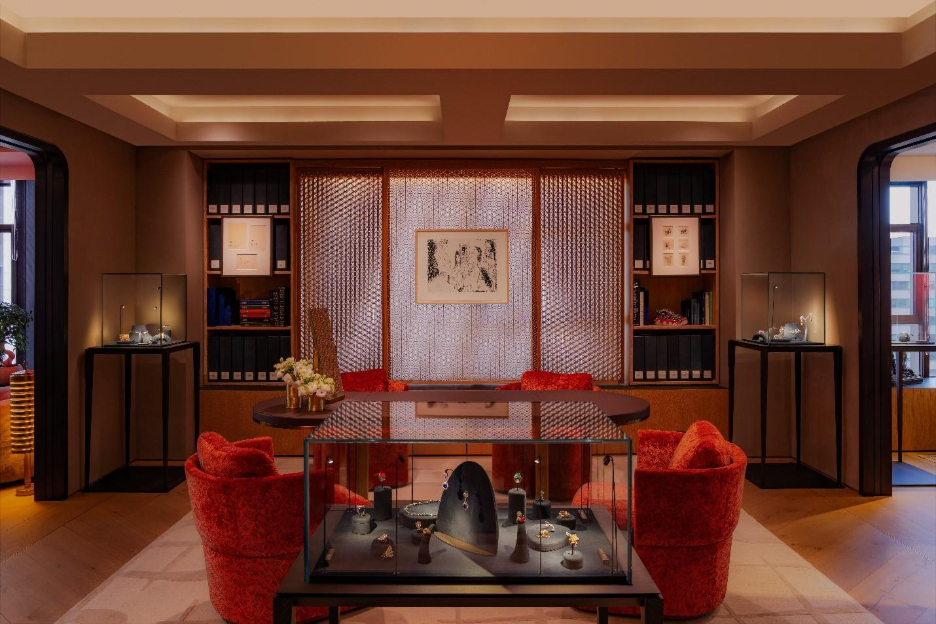
How do you define timeless jewellery? And how does a jeweller cultivate an instinct for it?
I believe beauty is objective. For me, true beauty lies in something that lives beyond trends, habits, or eras. It should feel desirable, even decades after it is made.
The more you train your eye to observe and understand form, proportion, and colours, the more instinctively you can recognise if a design can stand the test of time. It takes patience, discipline, and desire to keep looking for it. When I create, I aim for that kind of permanence, because when you mount something in a timeless design, you’re never going to need to redo it. Such a piece of jewellery simply waits for the right person to see it, connect with it, and own it.
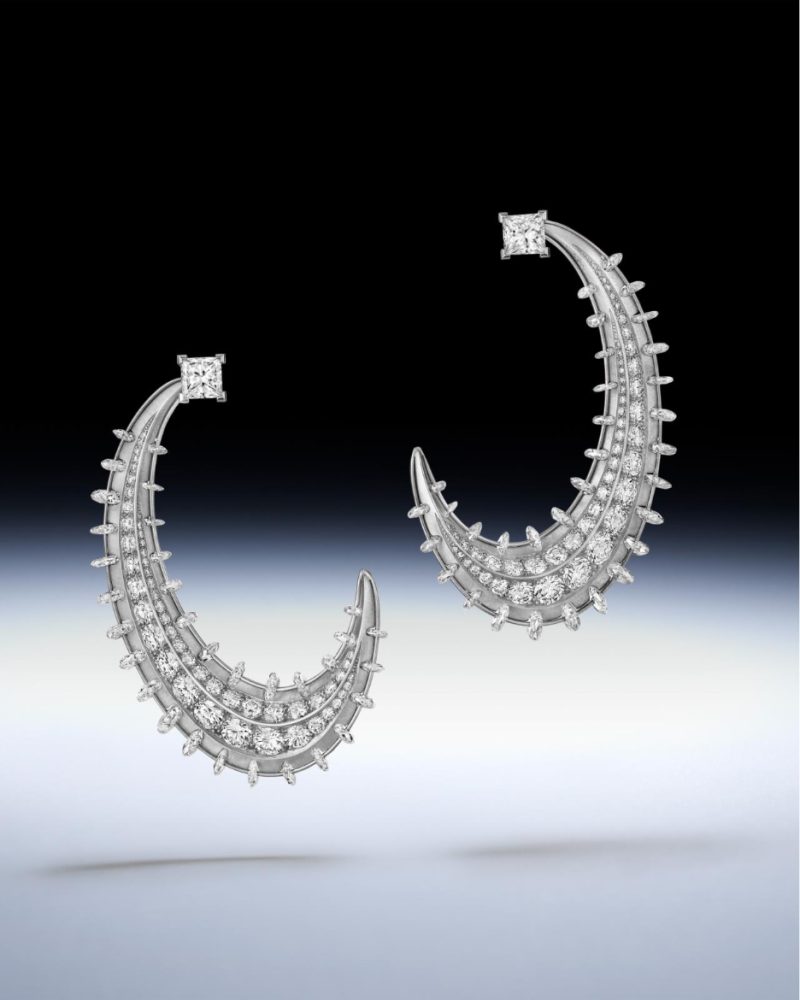
The Renaissance and the Art Deco eras were defining artistic movements. Do you believe Millennials and Gen-Z are currently shaping any such comparable, enduring movements?
While I tend to focus on my own creations rather than what everyone else is doing, I’ve observed significant improvements and innovations emerging in jewellery design, particularly from smaller, independent houses. That said, it’s an incredibly challenging, capital-intensive business for them, making it difficult to gain visibility and build a reputation for what they are creating.
What truly excites me, though, is witnessing innovation in areas like stone settings, finally moving beyond what felt like a prolonged period of simply repeating past methods.
There’s also a clear shift towards more wearable jewellery, often incorporating new materials, partly due to cost but also to achieve less overtly shiny and flashy aesthetics, which we saw from the 60s to the 80s. So, yes, I believe a distinct jewellery era of the 21st century is indeed taking shape, though I wouldn’t say it’s fully defined just yet.
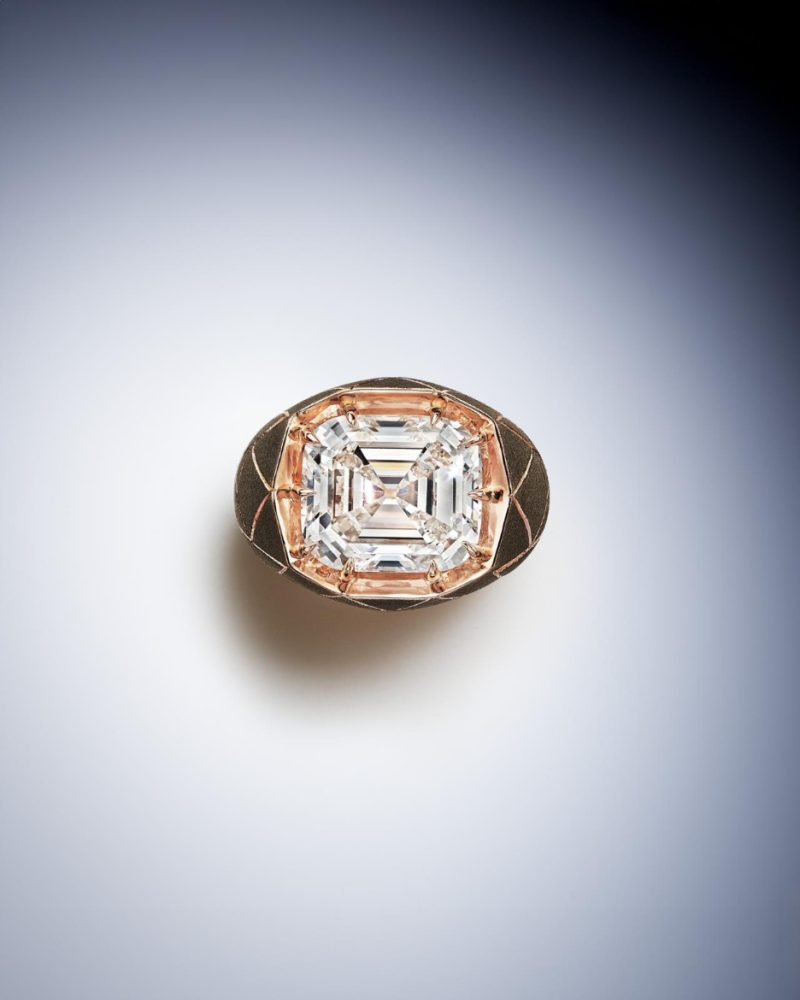
What are the most valuable lessons you’ve drawn from your family’s legacy?
One of the most valuable lessons I learned from my father is that when you come across an exceptionally coloured gemstone, you must go for it because nature rarely repeats itself. If you hesitate you may lose something irreplaceable.
I’ve also come to see that a gemstone has its own life; its movement, its cut, its light, all of it must guide the design. You can’t impose form on it. The design should respond to the stone, not restrain it.
What I’ve learned in building a business is that it takes immense patience and consistency. Customer trust doesn’t come overnight. Collectors and clients need to be delighted and reassured again and again. To endure that process without compromise takes resilience. It’s not just about creative or aesthetic ability. A family business even at this stage demands financial discipline, people skills, and the humility to build a strong team that works for the same goal. It’s an incredibly demanding journey, made even tougher when you’re competing against large, well-capitalised conglomerates with vast resources at their disposal.
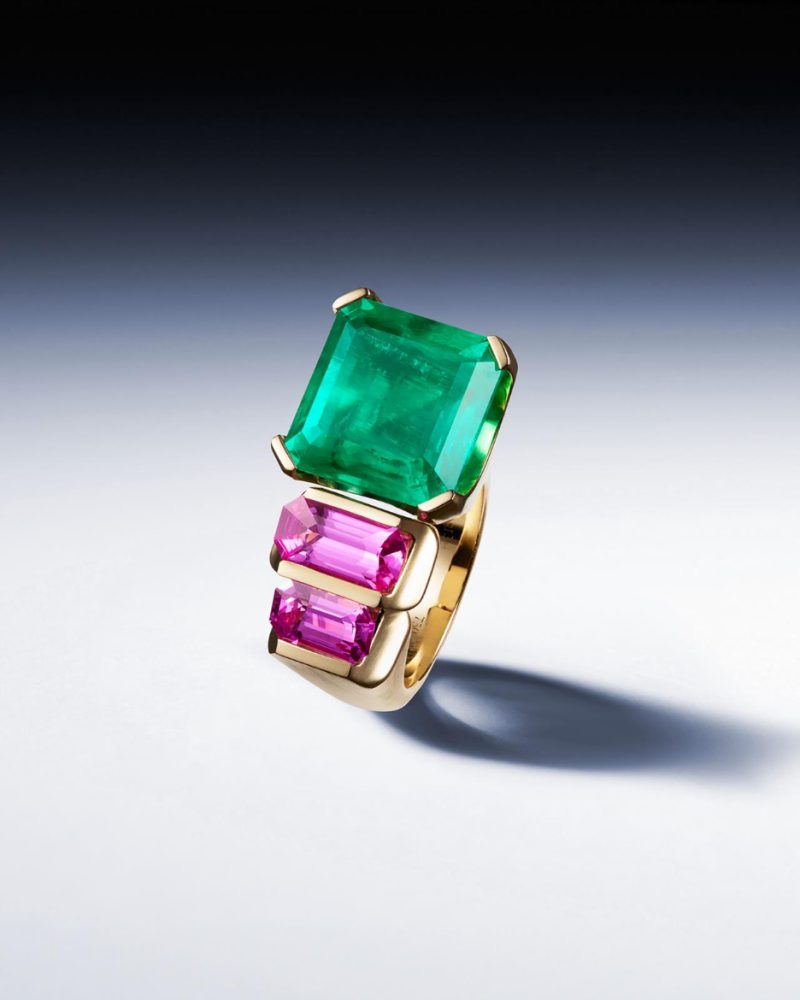
How do you see luxury consumption evolving?
I think the luxury industry is entering a moment of reckoning. For nearly two decades, established luxury brands have consistently increased their prices. This inflation, coupled with the steady growth of the secondary market has forced many brands, especially the big conglomerates, to rethink their value proposition. Pre-owned platforms today offer authenticity, transparency, and access to beautiful pieces at a fraction of retail prices. That’s a powerful, legitimate alternative.
For me, the question of value has always been a focal point. What am I actually offering my collectors? The design, the rarity of the gems, or the integrity of craftsmanship … these are not fashion statements, they are assets. Every time I create a piece, I think of it as transferring an asset from my hands to those of a collector. The design and execution of my jewellery have to offer more value than the sum of metals and stones used to make it.

That’s also what ensures longevity. When a piece embodies artistry and emotional connection as well as intrinsic worth, it retains value – both aesthetic and financial.
Ultimately, I believe this approach is what will distinguish the serious jewellery makers from those who have relied only on branding. It’s what creates enduring worth, emotional resonance, and trust, a kind of timeless security that has always defined jewellery through history.

